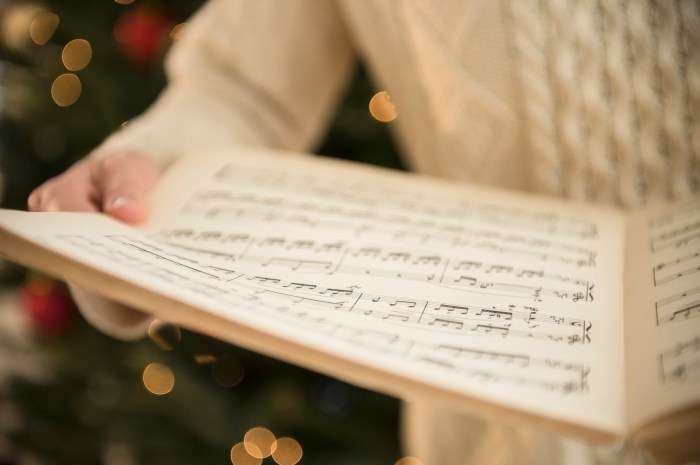To Add Flu. Sites To National Parks Service
Rep. Grace Meng’s legislation that seeks to make historic sites in Flushing part of the National Park Service passed the House of Representatives on Monday night, Sept. 15; the bill now advances to the Senate.
The Flushing Remonstrance Study Act (H.R. 3222) would require the Secretary of the Interior—who oversees federal parkland—to study the viability of the National Park Service supporting spots associated with the 1657 signing of the Flushing Remonstrance, the document recognized as the forerunner of religious freedom in America. Sites include the John Bowne House and the Old Quaker Meetinghouse, both located in Flushing.
“The passage of this legislation brings us one step closer towards many more Americans learning about the important role that Queens played in the history of religious freedom in America,” said Meng. “By studying the Remonstrance and locations associated with it, the Bowne House and Quaker Meetinghouse could receive important federal resources while preserving their autonomy, integrity and critical place in history. Not only would the two facilities become more well known, but the sites would stand to receive many more visitors each year, and more tourism translates into more dollars for the Queens economy. It’s time for more people across the country to know about the Flushing Remonstrance, and putting these sites on a national stage is a sure way to accomplish that.”
“The Bowne House Historical Society is thrilled to hear about the passage of HR 3222, the Flushing Remonstrance Study Act,” said Rosemary Vietor, vice president of the Bowne House Historical Society. “We congratulate Rep. Grace Meng for introducing this bill, which promotes the study of an important yet largely under researched event in American history. The 1657 Remonstrance triggered events which established the principle of religious freedom in the colony of New Amsterdam (later New York), which led to the guarantee of religious freedom in the First Amendment more than 100 years later.”
“The Flushing Remonstrance is an important part of not only Flushing’s and New York’s history, but our nation’s history,” said Tom English, co-clerk of the Flushing Monthly Meeting of the Religious Society of Friends (Quakers), the religious group that owns the Quaker Meetinghouse. “We look forward to working with Congresswoman Meng and the National Park Service to ensure that the Remonstrance, the sites associated with it, and its important legacy, are known far and wide.”
This past February, Meng testified in favor of her bill during a hearing held on the measure by the House Subcommittee on Public Lands and Environmental Regulation, the panel with jurisdiction over the National Park Service.
Also testifying during was National Park Service Associate Director Victor Knox, who said that the Department of the Interior supports Meng’s legislation, and if it is enacted into law, the agency would examine whether the properties meet the national significance, suitability, and feasibility of being included in the nation’s national park system.
The study could lead to the locations becoming either a National Historic Park or a National Historic Site, or creating a partnerships to support the facilities.
The Flushing Remonstrance was signed by 30 local citizens of Flushing on Dec. 27, 1657 to protest the policy that banned Quakers from practicing their religion in the colony of New Netherland. The colony included Flushing and other parts of what is now New York State.
Although the Remonstrance was ignored by the local government, things changed after area resident John Bowne was jailed for allowing Quakers to hold religious services in his home.
When Bowne was banished to the Netherlands, he appealed, and as a result, religious persecution ended, and the Quakers were allowed to practice freely.
The John Bowne House, presently owned by the New York City Department of Parks and Recreation includes the section built in 1661 that hosted the meetings held by the Quakers, and is listed on the National Register of Historic Places. It is located at 37-01 Bowne St.
The Old Quaker Meetinghouse, owned by the Flushing Monthly Meeting of the Religious Society of Friends, was built in 1694 by John Bowne and other Quakers, and is a National Historic Landmark for architecture and religion. It is located at 137-16 Northern Blvd.
Meng introduced the Remonstrance bill in September 2013. It passed unanimously by voice vote.



































